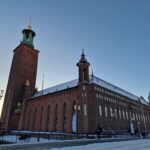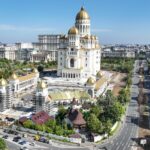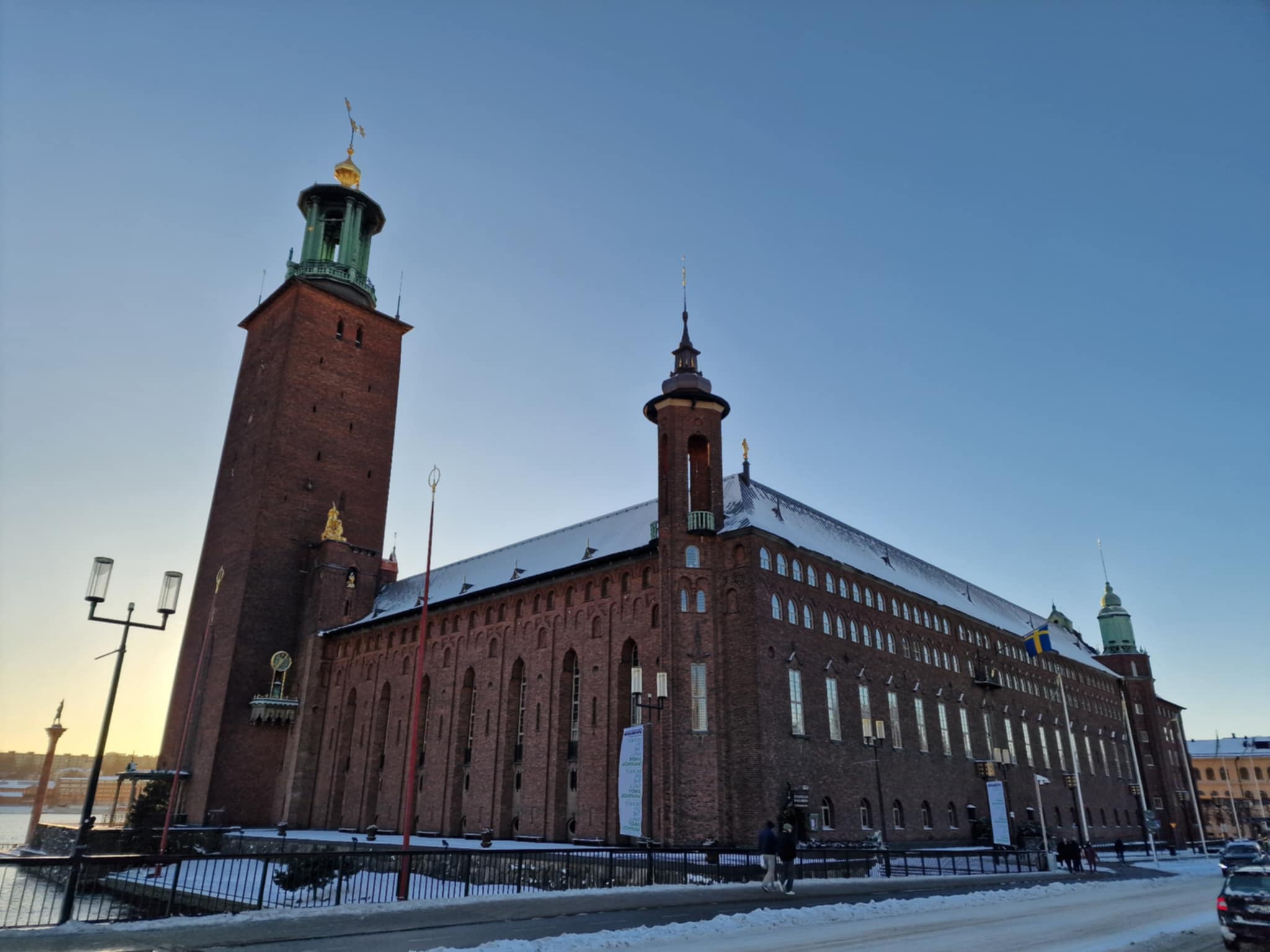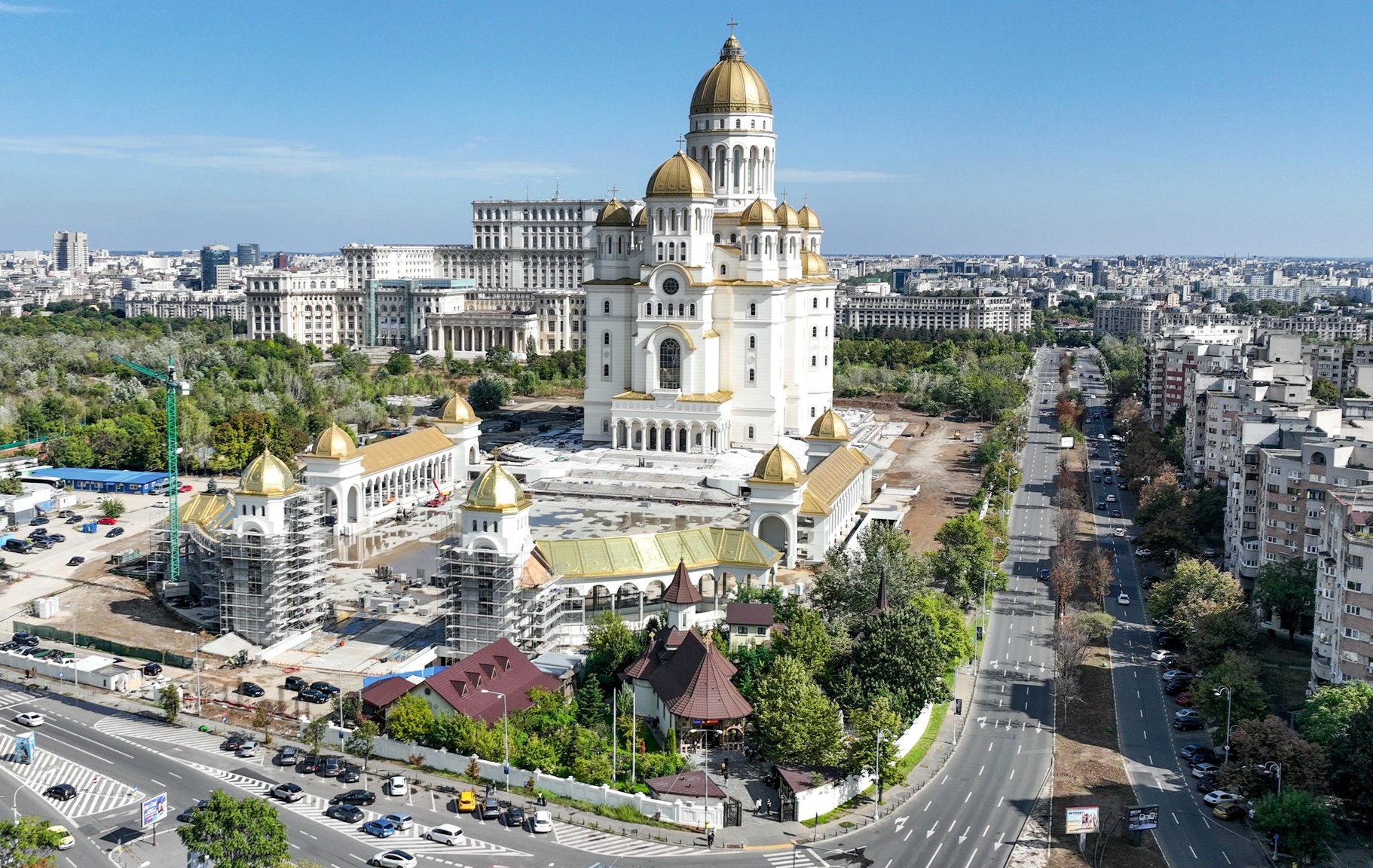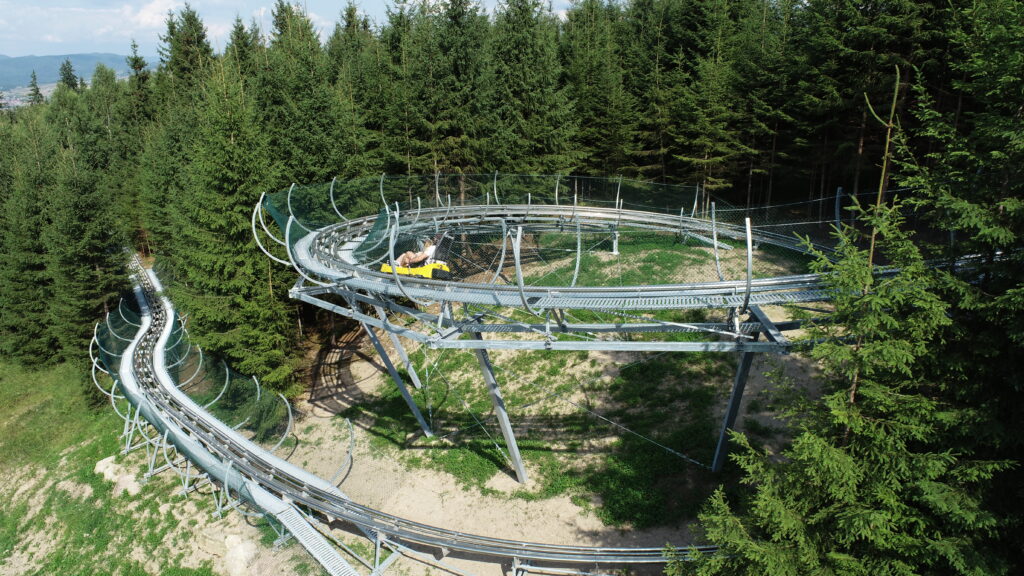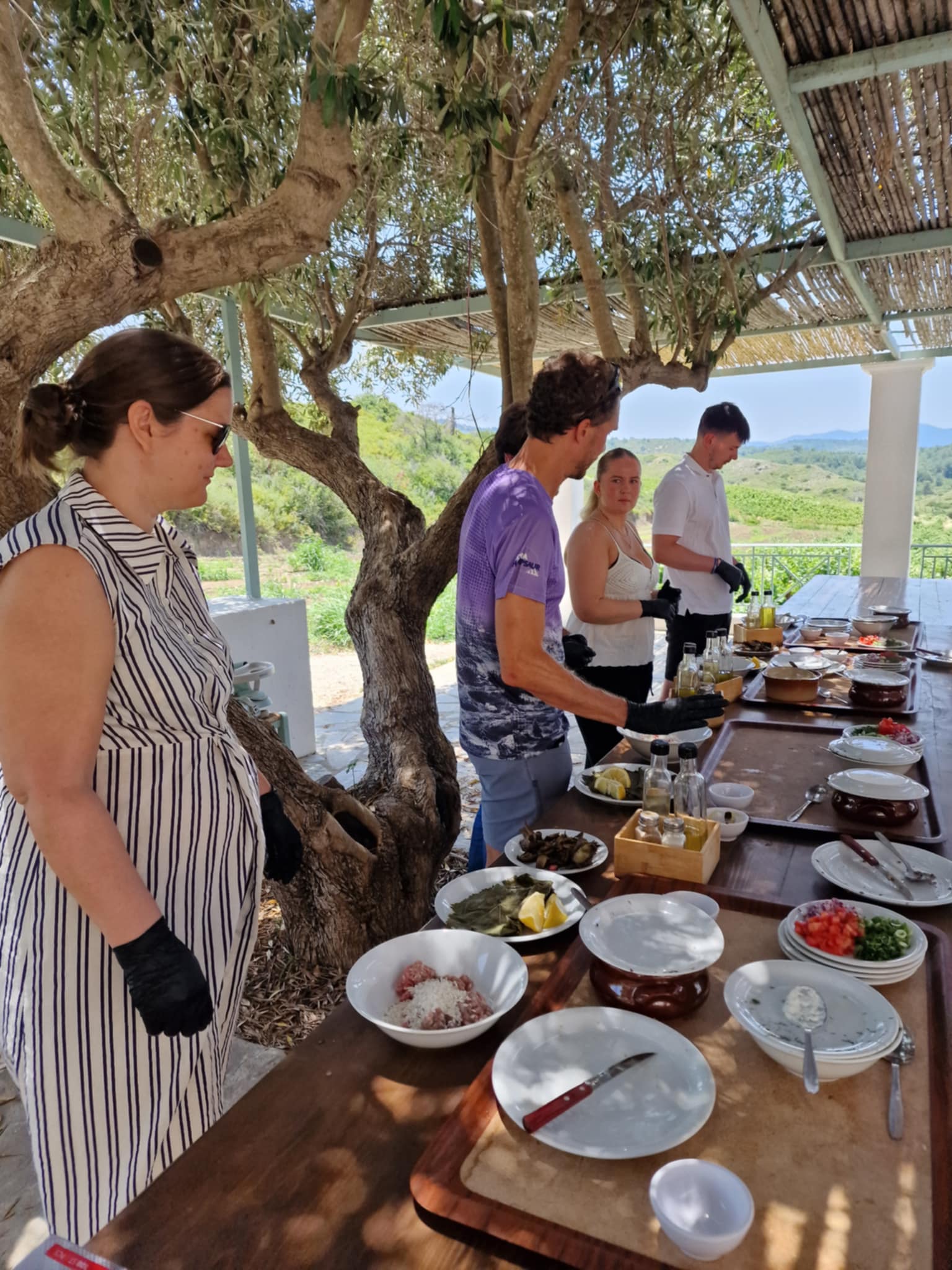Visit The Evangelical Church of Feldioara from Romania
In the first centuries of the second millenium, the Hungarian conquerors found a hillfort here, probably strengthened with palisades. Thus, they named it Foldvar. The German colonists, brought by the Kings of Hungary and the Teutonic Knights, called it “Saint Mary Fortress” Marienburg. We don t know its previous name, but the Romanian name keeps the form derived from Hungarian- Feldioara
In the Middle Ages, Feldioara was one of the most important settlements in the region-Judgement Seat and, later, free borough, all of this being attested by the historic monuments, beginning with the Fortress itself, now properly highlighted and open for those that would like to discover them!
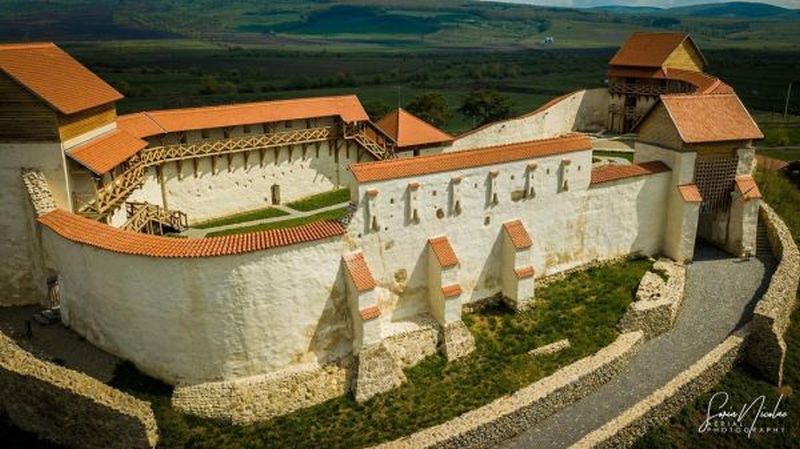
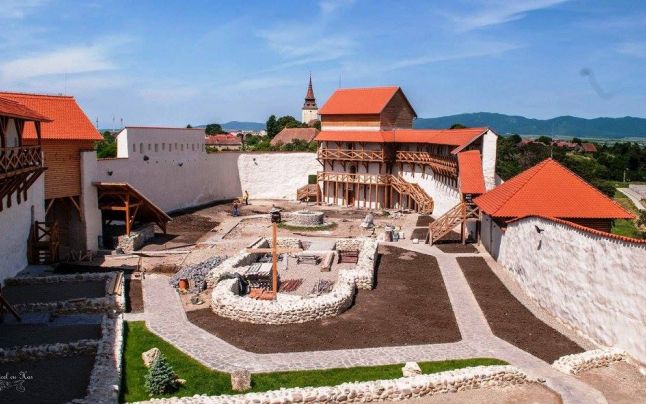
Built by the Saxon colonists within the Teutonic Knights fortified headquarters, the Roman basilica from the end of the 13 th centuryis modified over time, thus the gothic style becomes paintings, the altar piece created by the Brasov painter Friederich Miess, as well as the 19th century organ.
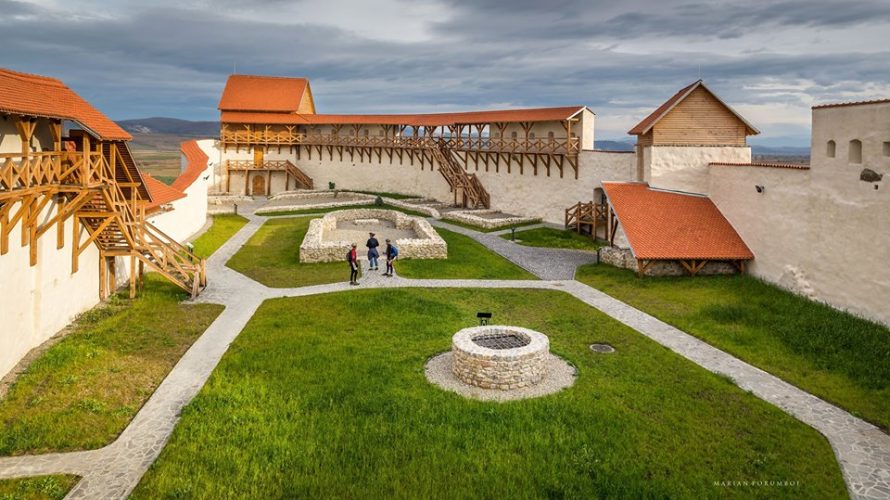
The medieval settlement was founded by Saxon colonists in the second part of the 12 th century, while between 1211 and 1225 Feldioara becomes residence for the Teutonic Knights rulling over Burzenland. Coming from the East , where they took part in the crusades, the Teutonic Order was installed in Burzenland by the Hungarian King Andrew II. who wanted thus to stop the increasing Cuman incursions. The Teutons werw a monastic military Order, of German origins, and werw renowned for their rigorous and solemn composure. Because they kept mourning the Christians who fell in battle against Muslims, their heraldry consisted of a black cross on a white baxckground.
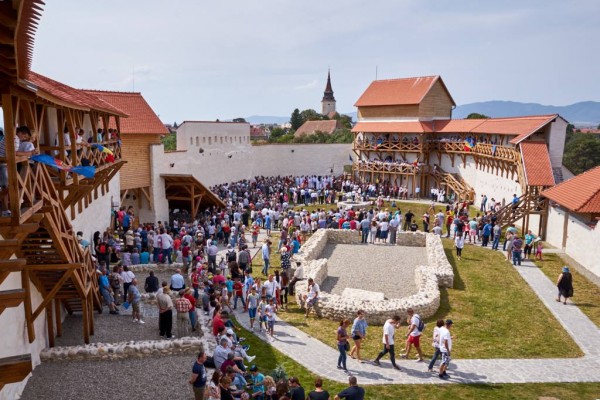
The construction of the fortress also began in the 13th century. Over the following centuries it was successively destroyed and rebuilt, losing at one point its military role and becoming more of a common storage place, or a location favored by various events organized by the Saxon community.
The 80 hectares of water surface around Feldioara and Rotbav are inviting nature lovers to relax and explore superb landscapes with reeds and birds, swans, coots, ducks etc. There is also an open-air museum at the base of the castle depicting the lives of the Romanian peasantry.
If you came here you can discover other places close by, Crizbav Fortress, Bogatii Valley, the mineral waters from Valcele.
So you see, there is much history behind all the castles and fortifications you will see. And throughout it all, Romanian villagers have bravely endured and preserved their way of life.


